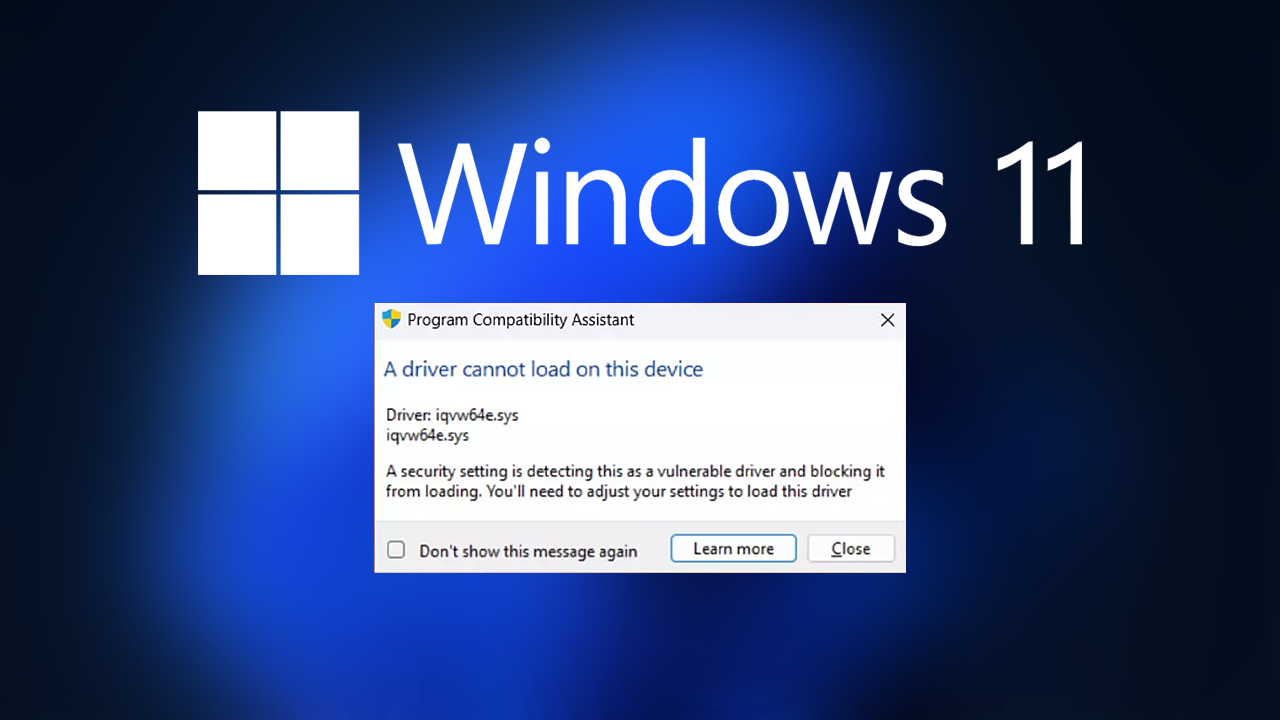Microsoft Teams is a fantastic tool to collaborate and communicate however, like all applications that is used, it may occasionally develop issues, slowdowns or behaving badly. The most common cause of this is an excessively stuffed cache. Clearing the cache could assist in fixing these issues and help get Team running efficiently once more.
If you’re trying to figure out what you can do to clean the Microsoft Teams cache, don’t be concerned, it’s easier than you thought! Use this guideline to refresh the experience of your Team.
Why Clear Your Teams Cache?
The cache is a temporary storage device and allows Teams to quickly load data. In time, this cache will become overloaded with outdated or damaged data, which slows the application or can cause problems. The clearing of the cache may assist you in the following ways:
- Solve the performance problems
- Correct display problems, for example the absence of chats or notification errors.
- Make sure you’re getting current data
Step-by-Step Guide to Clear Your Teams Cache
Use these simple steps to clean the cache of your Team and experience more fluid experience
Step 1: Quit Microsoft Teams
Before beginning, you must make sure that Teams is closed.
- Click the Teams icon on the tray of your system (bottom-right bottom-right).
- Click right-click to choose to quit.
Step 2: Locate the Teams Cache Folder
The location of the Teams cache files is dependent upon your operating system. Here’s how you can locate it to users of both Windows as well as Mac users:
For Windows Users:
- Open File Explorer.
- Copy and paste this in the address bar
“`
%appdata%\Microsoft\Teams
“`
- Enter the Enter to open The Teams cache directory.
For Mac Users:
- Open Finder.
- Go to the location below:
“`
~/Library/Application Support/Microsoft/Teams
“`
Step 3: Delete Cache Files
Once you’ve located that Teams folder, you’re ready to clear the cache file.
- The following folders and files are available within the folder Teams:
- `Cache`
- `Blob_storage`
- `Databases`
- `GPUCache`
- `IndexedDB`
- `Local Storage`
- `tmp`
- Use the button delete (Windows) to delete them (Windows), or transfer them to The Toss (Mac).
Tips When you’re not sure about the process of deleting the files by hand, make an instant backup of your folder to be safe!
Step 4: Restart Teams
When you’ve cleared your cache, you can restart Microsoft Teams. Microsoft Teams will rebuild the cache by using fresh information when it launches and you’ll notice improvements in performance, or even a resolution to issues that were previously encountered.
Additional Tips
- Keep Up-to-date Make sure you’re running the most current version of Teams because updates are often able to resolve bugs and enhance performance.
- Restart Frequently Quick restart of Teams each once or twice can help to keep any minor issues at bay.
Troubleshooting Reminder
If clearing the cache does not fix the issue, think about restarting the Teams app to get a new beginning.
Be clear and collaborate with confidence
Cleansing out the Microsoft Teams cache is a simple and quick method to fix frustrating problems and boost the performance. In case you’ve lost chats, experienced lag or want to make an overhaul, taking these steps will guarantee that the experience of your Team is in order.
Also Read: How to Make a Collage on Your iPhone


